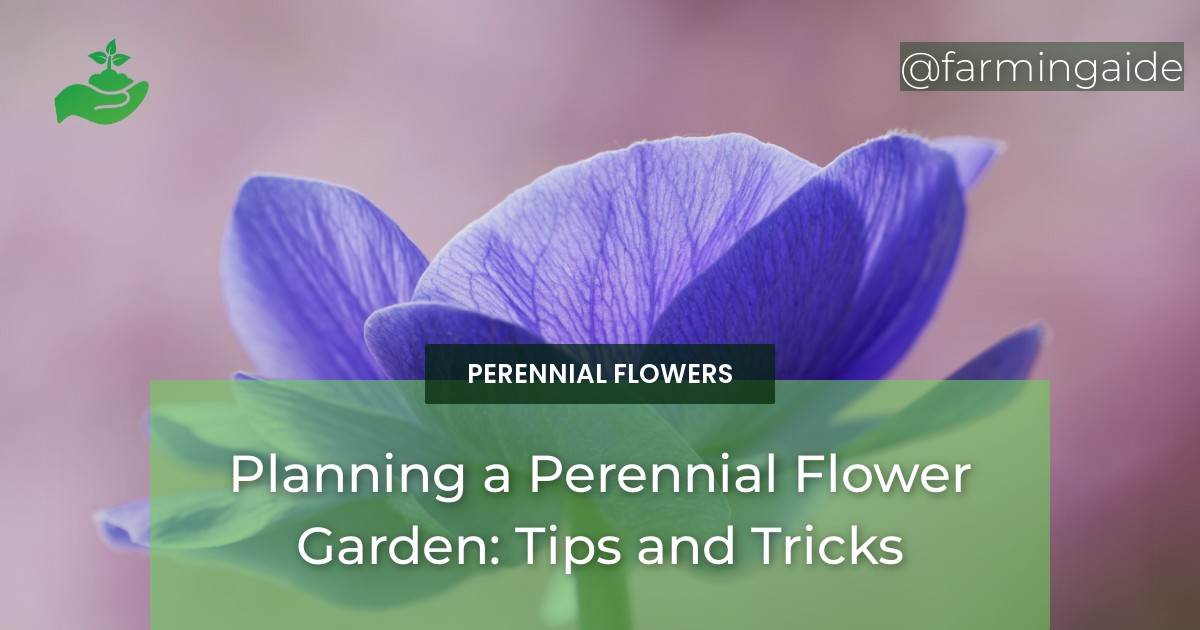Perennial flowers are a wonderful addition to any garden. They come back year after year, which means less work and more beautiful blooms. Not to mention, they are a cost-effective option for those who want to create a stunning garden without breaking the bank. In this article, we will discuss the benefits of planting perennial flowers and offer a comprehensive guide to low-budget options that will save you money. We will also provide tips for growing these affordable options so that you can enjoy a beautiful garden all year round.
Benefits of Perennial Flowers
Cost-effective
One of the most significant benefits of perennial flowers is their cost-effectiveness. While they may require more upfront investment than annual flowers, they will save you money in the long run. You won’t have to replace them every year, which means you’ll be spending less money on plants over time.
Easy to maintain
Perennial flowers are also relatively easy to maintain. Once they’re established, they require minimal care and attention. You won’t have to worry about replanting them every year or fussing over them to keep them alive.
Long-lasting
Another benefit of perennial flowers is their longevity. With proper care, these plants can last for many years, providing you with a beautiful garden for a long time. This means you won’t have to keep replacing your flowers every year, which saves you both time and money.
Low-Budget Perennial Flowers
Black-Eyed Susan
Black-eyed susans are a beautiful and low-budget perennial flower that can add a pop of color to any garden. They are easy to grow and maintain, and they bloom from midsummer to early fall. These flowers are drought-tolerant, which means they don’t require a lot of water to thrive. They also attract butterflies and bees, making them an excellent choice for pollinator gardens.
Coneflower
Coneflowers are another affordable option that can add some color to your garden. They are easy to grow and require minimal maintenance. These flowers bloom from early summer to early fall and attract butterflies and bees. They are also drought-tolerant, which means they don’t require a lot of water to thrive.
Daylilies
Daylilies are a beautiful and low-budget option that can add some color to your garden. They come in a variety of colors, including yellow, orange, pink, and red. These flowers require minimal care and attention and can bloom from late spring to early fall.
Peonies
Peonies are a beautiful and affordable option that can add some color and fragrance to your garden. They come in a variety of colors, including pink, red, and white. These flowers require some care and attention, but they can bloom for many years with the proper care.
Sedum
Sedum is a low-budget option that can add some texture and interest to your garden. These plants are easy to grow and maintain and require minimal attention. They bloom from late summer to early fall and attract butterflies and bees.
Yarrow
Yarrow is a low-budget option that can add some color and texture to your garden. These flowers come in a variety of colors, including yellow, pink, and white. They bloom from early summer to early fall and require minimal care and attention.
ALSO READ
Tips for Growing Low-Budget Perennial Flowers
Soil Preparation
Before planting your perennial flowers, it’s important to prepare the soil. Make sure the soil is well-draining and nutrient-rich. You can add compost or fertilizer to the soil to make sure it’s healthy and ready for planting.
Proper Planting
When planting your perennial flowers, make sure to follow the instructions on the label. Make sure you plant the flowers at the proper depth and spacing. This will ensure that they have enough room to grow and thrive.
Watering
Perennial flowers require regular watering, especially when they are first planted. Make sure to water them deeply once a week, or more frequently if the weather is hot and dry.
Fertilization
Perennial flowers require regular fertilization to ensure they have the nutrients they need to grow and thrive. You can use a slow-release fertilizer or compost to provide the necessary nutrients.
Pruning
Finally, make sure to prune your perennial flowers regularly to promote healthy growth and prevent disease. Remove any dead or damaged foliage, and cut back the plants as needed to keep them looking neat and tidy.
Conclusion
Low-budget perennial flowers are a beautiful and cost-effective option for any garden. They provide long-lasting beauty without requiring a lot of maintenance or attention. By following these tips and choosing the right flowers for your garden, you can create a stunning and affordable outdoor space that you can enjoy for years to come.


